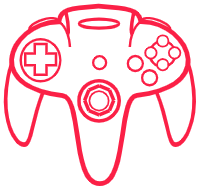Platform games are defined by the game characters’ attempts to advance through environments that frequently contain mezzanines or other obstacles. In these kinds of games, the protagonist tries to accomplish his mission by bouncing around on variously designed but fundamentally identical maps in order to get there. Platform games are unquestionably at the top of the game genres because they can keep the player interested with a variety of puzzles.
The difficulty, scenario, or game objective remain at low levels in such games. After all, it’s not the responsibility of every brave man to create compelling tales for the characters who fidget on particular platforms.
History
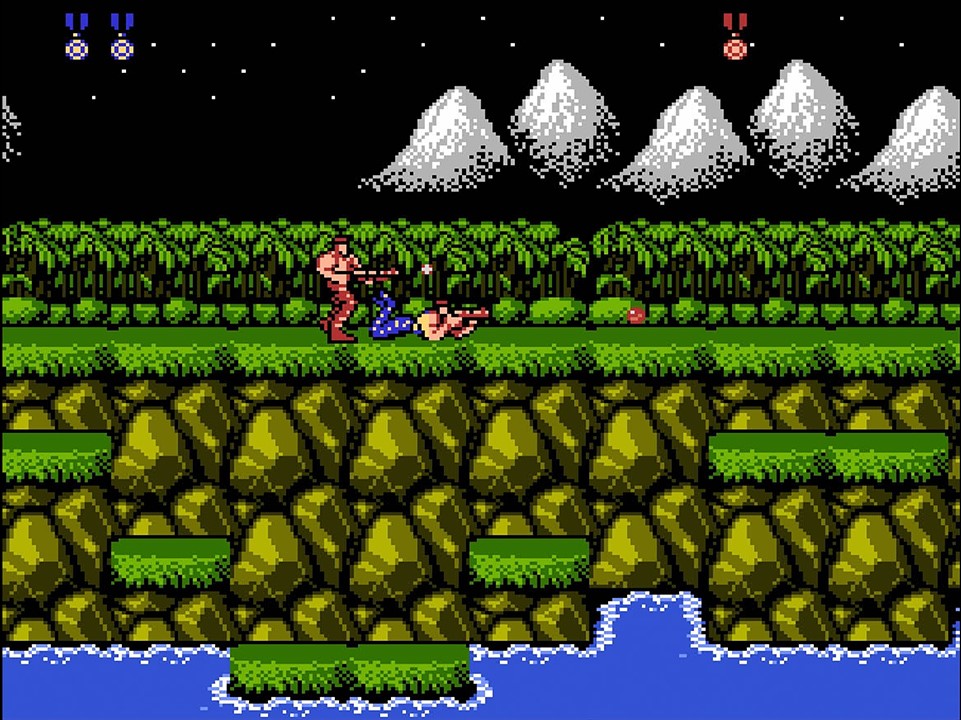
For instance, Konami started to blow the platform shooter atmosphere when Contra was released in 1987. In addition, the adventure elements were combined with the platform environment and presented to the players in the 1992 Amiga game Flashback. RPGs, what about them? I hear what you’re saying, too. The PS game Castlavenia had a full RPG + Platform structure when it was released in 1997. Since 2005, a clearer environment has taken the place of this quick ascent. Platform games were crushed by the competition from other genres, despite the fact that technological quality of the games increased quickly.In fact, those who were successful in the platform games of the new generation were limited to the number of fingers on one hand.
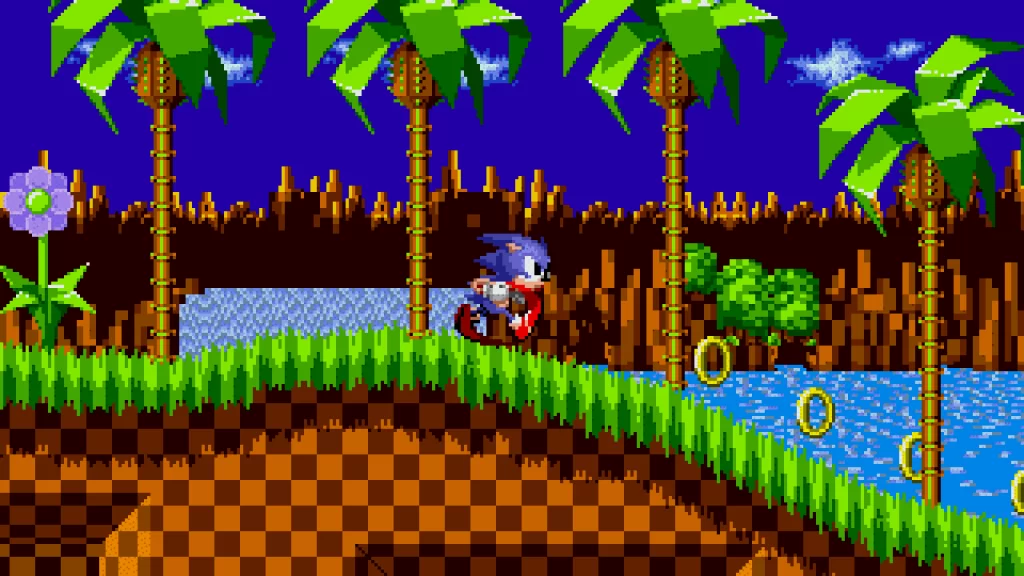
The 2007 game “Super Mario Galaxy” was one of many variations of Super Mario, one of the most popular video games of all time. The previous year, “New Super Mario Bros,” a game featuring Nintendo’s golden boy Super Mario, was released for the DS. Super Mario Bros. sold nearly 30 million copies, making it almost as popular as the original Mario game. (Of course, given the rise in players, it can be argued that it is the Mario series’ most successful game due to its rapid sales growth.) The 2010 video game Sonic Colors presented the idea of a 2D platform in 3D. 2.5D before that The 2009 title Trine from FrozenByte performed significantly better than average and gave the genre new life. Trine’s second game supported online co-op and added physics-based puzzles to the fairy-tale atmosphere, demonstrating once more how much players enjoy platform games.
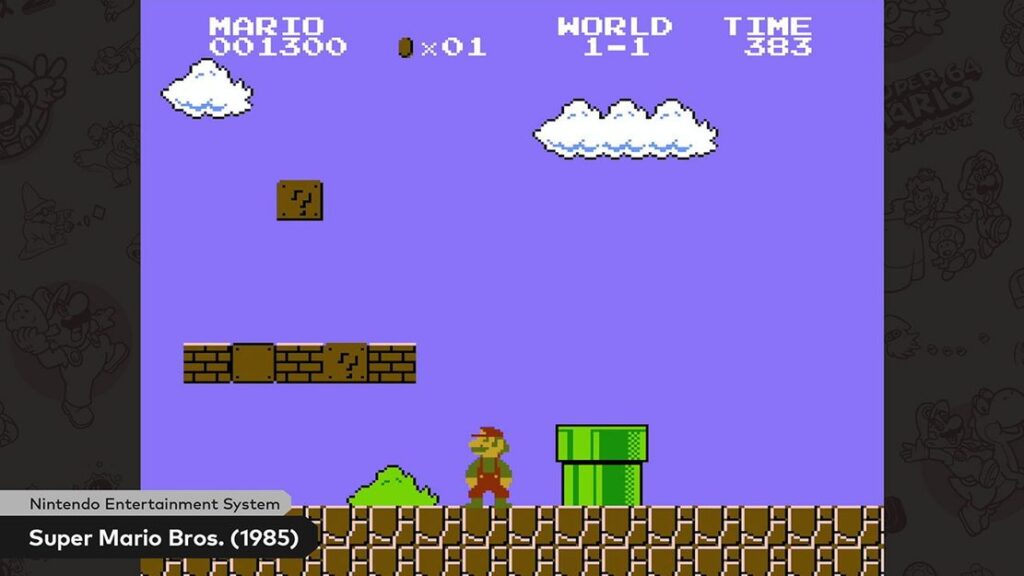
Ubisoft teamed up with Frozenbyte, which created one of the best examples of its kind in the new generation, and created a visual feast by releasing “Rayman Origins,” the final game featuring Rayman, a familiar character from many of our childhoods. Limbo, Super Meat Boy, etc. The games’ singular success also brought attention to the recent need to reevaluate platform games.
Types
When the word “platform” is used, the most common game structure that comes to mind is Hop & Bop. All we have to do to defeat the enemies is jump over them when the time comes and keep our character away from them.
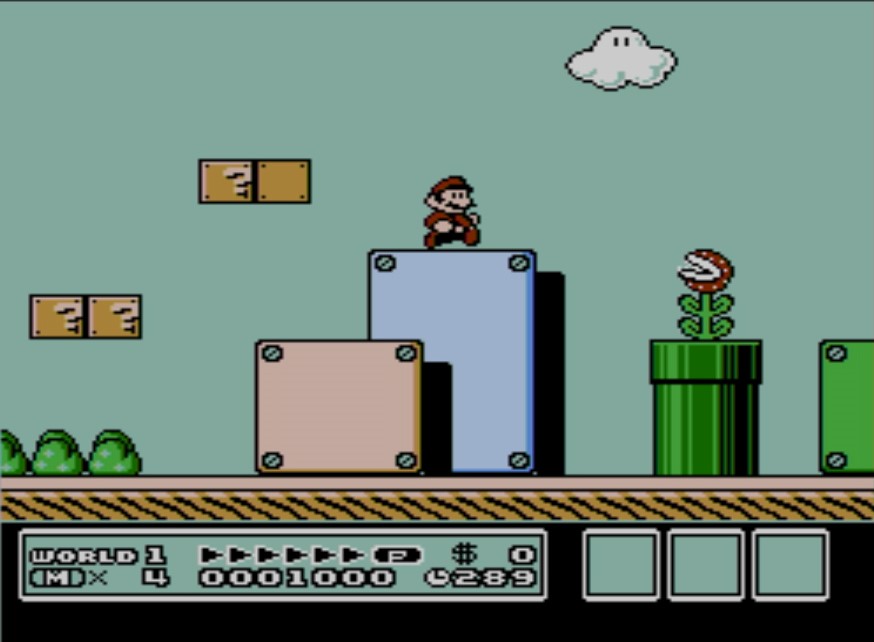
When necessary, we use platforms that are not always positioned carefully for this. When summarized in a few sentences, this genre does not sound particularly endearing, but it actually serves as the foundation for platform game logic. We must also admit that Super Mario was a game that we all enjoyed despite being incredibly easy to play.
Puzzle: Platform games where clearing a level requires more than simply squashing a few minor bugs.
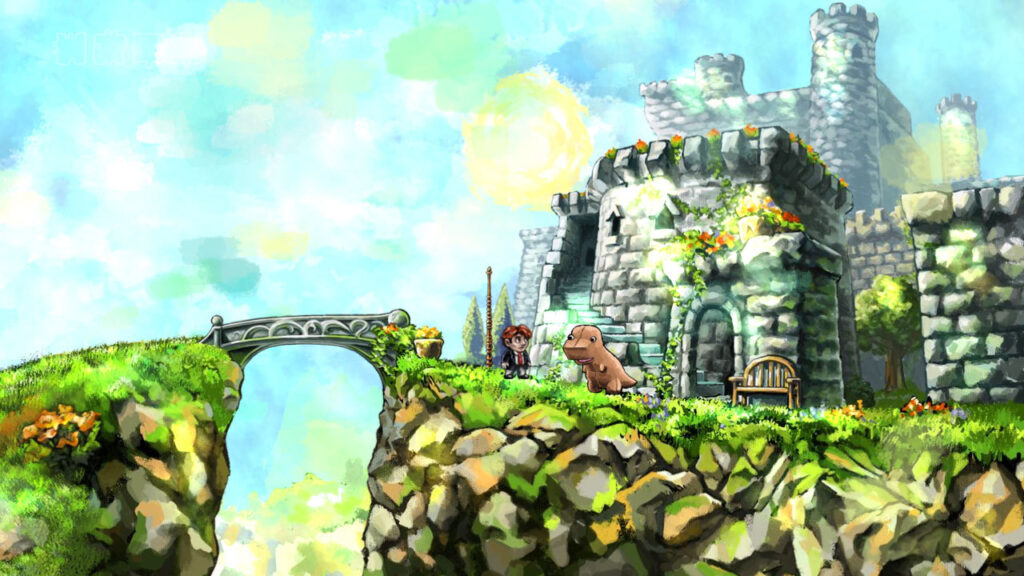
They frequently come with pleasantly surprising puzzles that can keep you occupied without driving you crazy. The two best games of the new generation are Trine, known for its physics-based puzzles, and Braid, who uses “time” superstition.
He’s Hop & Bop’s uncle, according to Run & Gun. Only that he has the legal right to use a gun because he is a little older. They pursue the foes one by one with lethal weapons rather than stomping them to death with their innocent feet.
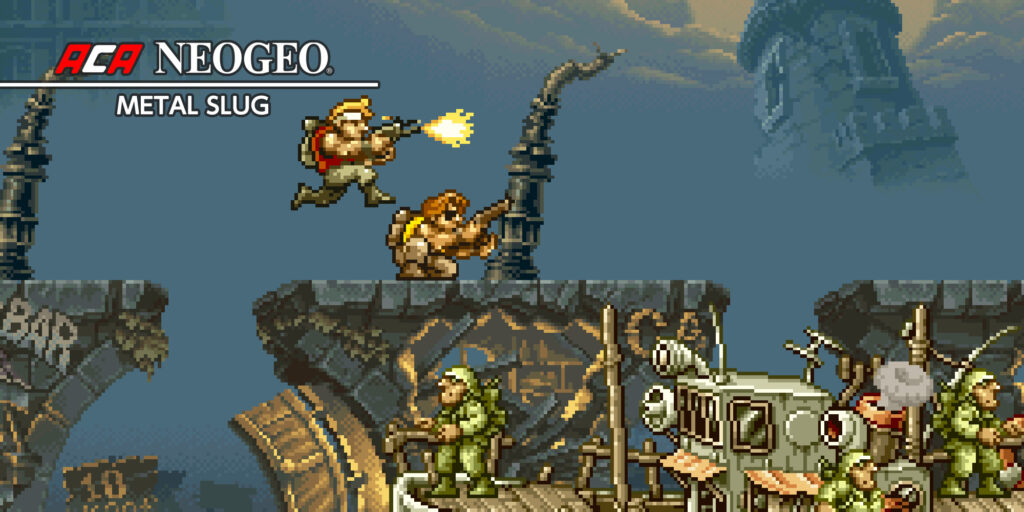
Yes, we take the gun in our hands and shoot the enemies one by one to complete the levels, just like in the venerable video game Metal Slug. As it contains Shooter elements, it is also known as “Platform Shooters.” They are video games that require a little more effort to complete than those in other subgenres.
Hop & Bop, Puzzle, and Run & Gun can all be compared to white paper, while Cinematic can be compared to white paper that has been painted green. (-How much more difficult could it possibly be?)

To save the princess in this genre, which possesses all the traits of other species, you must first ascend three or four floors. That is, if you can eliminate a few foes in front of you and locate a different route to the wrecked ladder! The Apple II game Prince of Persia is unquestionably the best example of its kind.
Comic Action: This genre, which typically features vibrant episode designs, grabs viewers’ attention with its humorous characters and sparsely detailed maps.
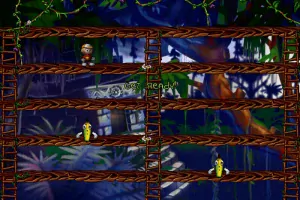
To complete the level, you must eliminate all of the adversaries. When you succeed in doing so, you’ll probably be rewarded with fruits, vegetables, or small coins that fall from the hill. Examples include the early 1990s release of Snow Bros or the later, World of The Billy.
I know you immediately thought of Diablo when I said isometric. Similar to Diablo, they are platform games with isometric camera angles.

Although two-dimensional graphics are used, they are depicted for three-dimensional environments. The best examples are the original Little Big Adventure from 1994 or the 1986 Legend of Zelda.
Camera Positions
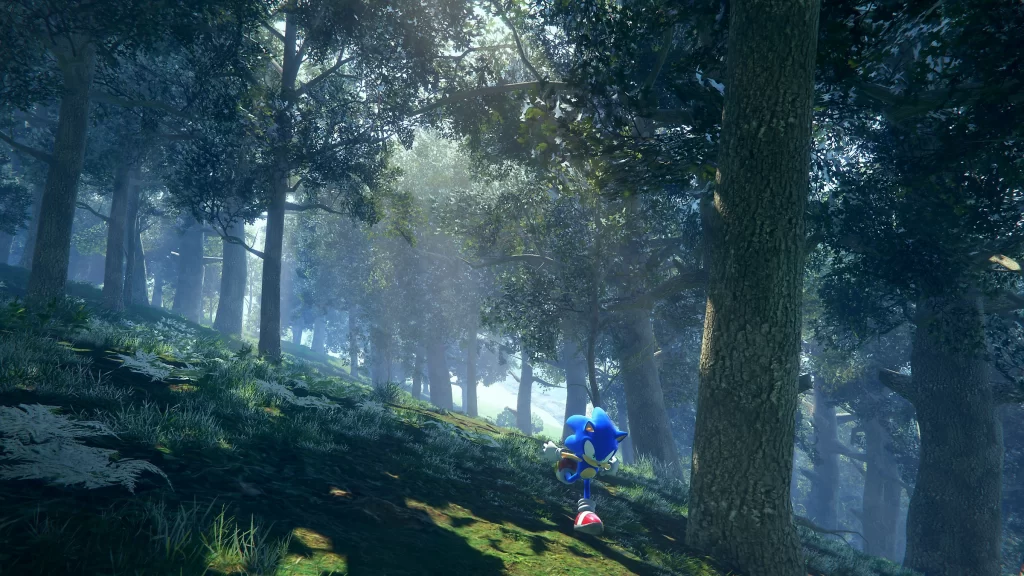
Platform games supported by isometric camera angles were incorporated into slightly different structures with the rapid shift to three dimensions during the years when technology advanced significantly, though not as much as it has today. Games with three-dimensional and even TPS camera angles were created, similar to Sonic Colors, which I used as an example above, but they were still developed with platform logic in mind. I’ll use the mobile game Temple Run as an example to help you understand. Despite the fact that these games changed the genre, in my opinion, these changes were only temporary and never came close to the actual platform architecture. I’m not sure how useful having a fixed view is, but if there is only one camera angle that works for platform games, the room is it. e.g., Mario, the Prince of Percia
Shooters, real-time strategies, racing, special effects, graphics cards, and cutting-edge computers are just a few of the games that make us feel compelled to play the games that the market wants. Not as many players as would be preferred are interested in low premium platform games. The producers are also to blame. They can turn business into commercial concerns and neglect the games that really need to be improved because of concerns about sales numbers or not being able to turn a profit. We also occasionally have Trine, etc. We use games to amuse ourselves. Platform games can receive more support and rise to their rightful position. Original ideas can be created and added to games like Shank in a variety of ways. As a result, the gaming industry diversifies and there are more platform-addicted players.
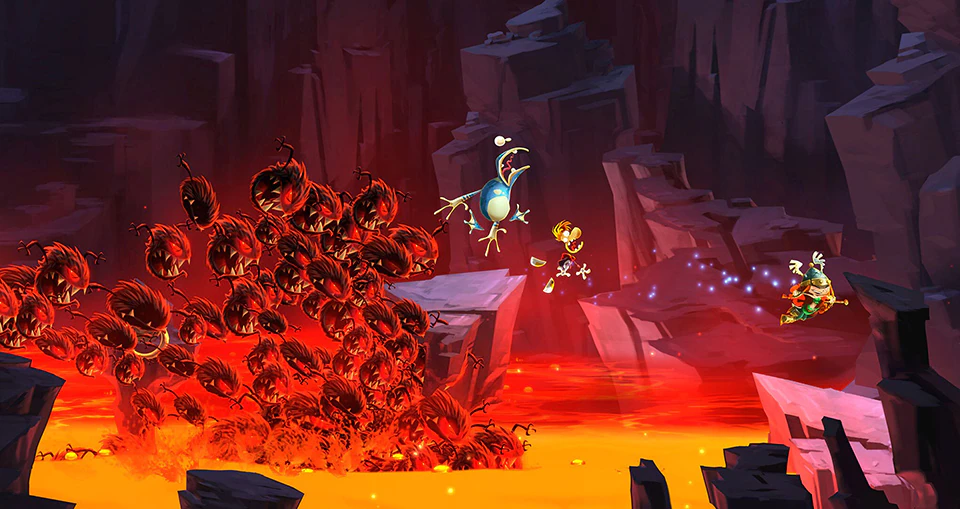
Rayman’s vibrant world, Super Meat Boy’s steel will, Prince of Persia’s invincibility, or the pipes of Super Mario, your neighborhood plumber!
Even gamers who claim they dislike platform games have at least interacted with others and experienced life in a two-dimensional environment. Platform games may have a bright future, but I don’t think it will last very long given how many players play them once and then never again.
Some Games for platform enthusiasts:
The list is well-known, but if you have friends who haven’t played any of the games, make sure to include them.
